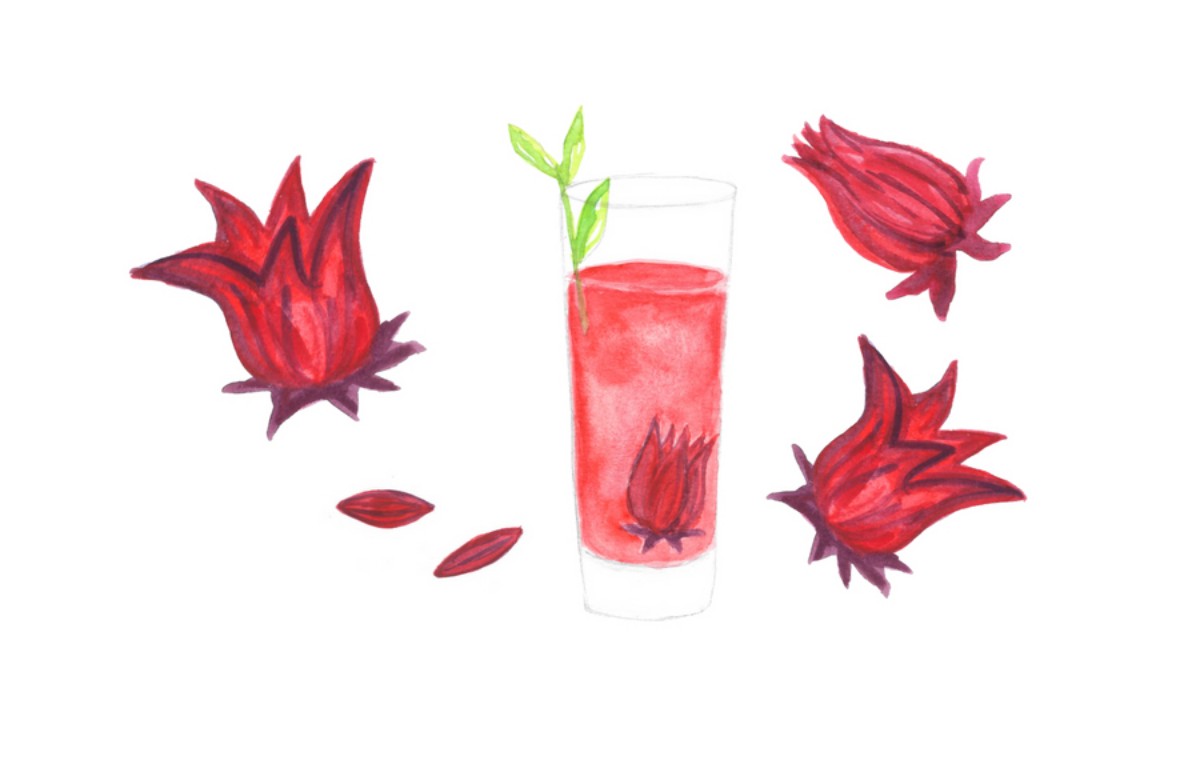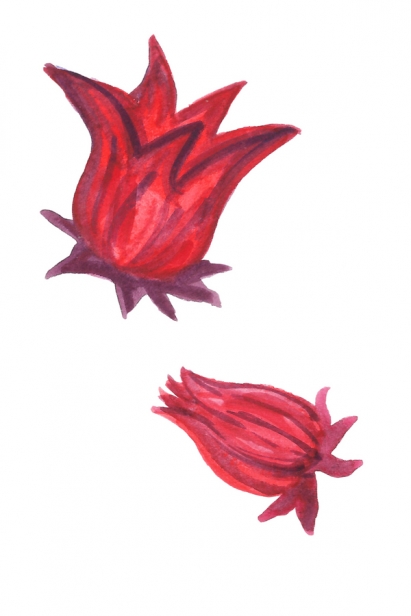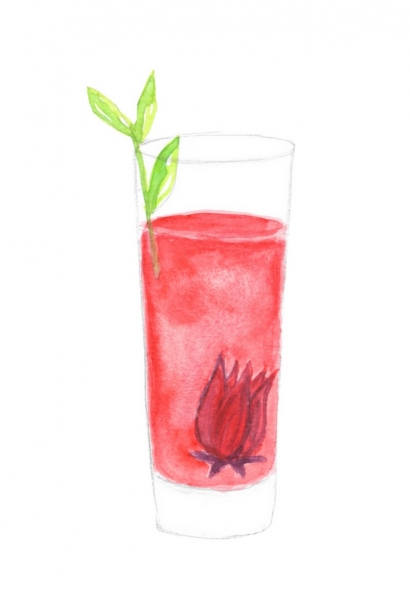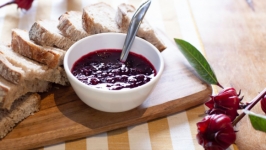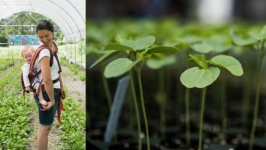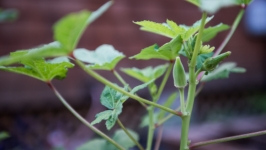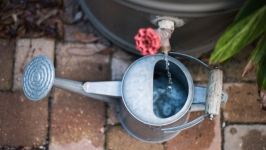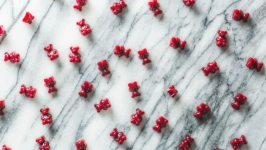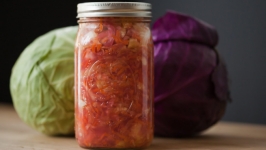Growing Roselle Hibiscus
If you want to add a global traveler to your garden, Hibiscus sabdariffa, or roselle, may be the plant for you. Also called Florida cranberry, red sorrel, Indian sorrel or Jamaica sorrel, the plant is native to West Africa, India and Malaysia and can be found around the world. Believed to have been brought to Florida from Jamaica in the late 1880's, roselle is easy to grow here.
A relative of hibiscus and okra, roselle is a tall (7 to 8 feet), tropical, red and green shrub, typically with yellow flowers that are attractive to bees, butterflies and hummingbirds. While many parts of the plant are used medicinally or in foods, most popular is the calyx, found at the bottom of each flower. This fleshy, bright red cup-like section contains the plant's seeds. The color and tart taste of the calyces makes them a good replacement for cranberries and can be used to make jams, sauces and teas.
PLANTING AND CARE
• Start roselle from seed in April or in late August in well-drained soil and plenty of sunlight. They take four to six months to mature, and cultivation is similar to eggplant or okra.
• Hardy in zones 9-10, it is damaged by frosts or freezes.
• Prune early to increase branching and the development of more flowering shoots.
• Plants begin to bloom as the days shorten.
• Calyces are ready for harvest in October or November; they will stay fresh for about a week after picking.
• Harvesting encourages more flower buds to develop.
• One plant can grow many fruits — as much as 12 pounds with the right care.
• Roselle grows as an annual, so be sure to save seeds from one season to the next.
USES
• Harvest bright pink/red calyces before they turn brown on the plant and separate them from the seeds before using them in recipes. The calyces can be stored frozen or dried.
• Try using chopped roselle calyces in place of cranberries.
• Substitute roselle for rhubarb when making a fruit crisp or pie.
• The seeds, which are high in protein, can be roasted and brewed like coffee or ground and added to soups and salads.
• The leaves are lobed and reddish-green; they can be used as a cooked green or added raw to a salad like a spicy version of spinach.
• In Jamaica, where the plant is known as sorrel, fresh hibiscus is brewed with ginger, orange peel and spices.
• In Mexican restaurants roselle is made into a beverage called Jamaica (hah-my-cah).
• The dried calyces can be found in health food stores and Mexican markets labeled Flor de Jamaica.
• Make hibiscus syrup by steeping whole roselle calyces in simple syrup. Cool, chill, then add one calyx, along with some of the syrup, to sparkling wine or water for a festive treat.


